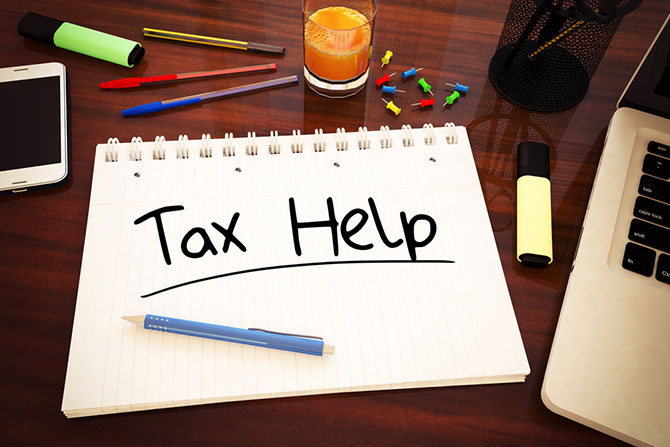Help Before You File
by Bob Williams

You got this—all you have to do is start!
We make filing taxes delightfully simple with one, flat–rate price. Every feature included for everyone.
Start filing
As anyone who’s used our website before knows, our software won’t let you make many of the common errors we used to find back in the old paper-filing days. We do all the calculations for you, so being fumble-fingered on the old calculator isn’t the problem it used to be.
But some missteps have nothing to do with numbers. Rather, they rest with some of the choices we are called to make over the course of preparing our tax returns. So, to help you avoid those, we have some helpful hints to help you sail through filling out that electronic tax return.
Filing Status
This sounds pretty elementary, but it’s very easy to make a mistake when choosing a filing status. The tax difference between Married Filing Jointly (MFJ) and Married Filing Separately (MFS), for example, could be pretty large, depending on your situation. If your filing status is clear, such as Single, great! If you are unclear as to which filing status is right for you, click the blue “Help Me Decide” link on the Name & Address screen for an explanation of the various filing statuses.
Name and Number, Please
Believe it or not, we see a lot of returns rejected by the IRS because either the Social Security Number or the name of a taxpayer or dependent doesn’t agree with what the IRS has in their database. It’s always best to use the spellings of names as they appear on the Social Security card for starters. And take your time when typing in that SSN. It’s very easy to transpose numerals or accidently hit a wrong key.
Sometimes the Secondary Forms are Essential
A lot of people have second jobs these days, and many of them act as contractors. The extra earnings could be reported to you on a Form 1099-MISC instead of a W-2. For savings accounts and investments, you could have a Form 1099-INT or 1099-DIV.
In many cases, thanks to your answers to some basic questions, our software can sense that other forms are needed and will alert you to fill out the needed form to properly file your return. But you know your situation best, so be aware of what forms you may have – or do not have – included in your return.
In most cases, no matter the form, you will need to enter the figures shown on your paper form into the electronic form, using the corresponding numbered box or blank. For example, that $125 shown in Box 2 of the paper form should be entered on Box 2 of the electronic form. And be sure to enter only full-dollar amounts.
Give – And You May Receive
Giving to charitable organizations is a good idea, for a number of reasons. First, it’s the right thing to do; second, it’s always good to help others; and third, it can get you a nice little deduction. Make sure the group or organization you contribute to is an approved 501c(3) organization. That means it’s been approved by the IRS as a non-profit organization and that donations can be tax-deductible. Your organization of choice should be registered on the IRS website if they are indeed a tax-exempt organization.
If you’re donating goods rather than cash, you’ll want to make sure your donation meets the IRS rules for acceptable donations of property. See IRS Publication 526 for all the latest rules and regulations.
Take It to the Bank
The IRS can direct deposit your refund into more than one bank account. But if that’s the option you choose, you’ll need the bank routing number and your account number for every account you intend to use. Enter those routing numbers and account numbers VERY carefully.
Many online taxpayers opt to use a bank product to pay their fees out of their IRS refunds. If you do, remember that your refund may make an extra “hop” on its way to your bank account. It will stop in the bank product’s holding account first, then come to you. So you’ll probably see a strange routing and account number in your paperwork before the refund comes through. That's perfectly correct and fine – it's just the account of the particular bank you happen to use.
When The Clock is Ticking
Finally, the deadline for filing your taxes this year is April 18. Extensions push back the time you have to file a return, but not the amount of time to pay. In that case, if you owe tax due, you’ll still have to come up with the money to pay the IRS by April 18.
For those who just don’t have the money now to pay tax owed, there’s still a way out. The IRS has an installment plan to string out your payments. You can check out the IRS’ plan here, and download the actual Form 433-D, Installment Agreement, here.
The best plan of action is to do your return as early as you can. If you’ve got your documents, we’ve got the site. You could be done in a matter of minutes.
Then, all you have to do is sit back, relax, and wait for that refund!
Sign up for more of this.
Subscribe to our blog for year–round finance strategies and tax tips. We’re here to remove the dread from filing taxes.









